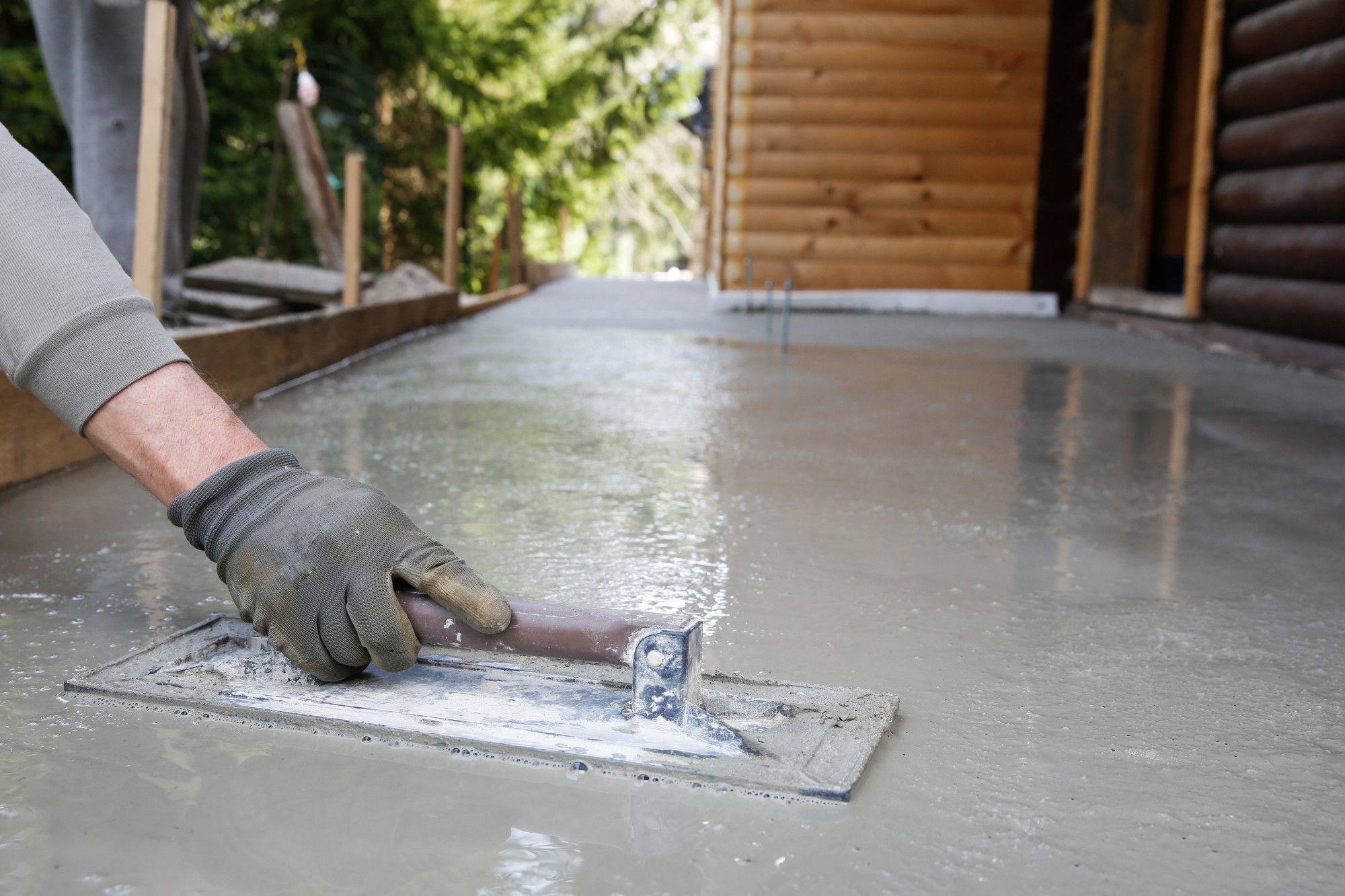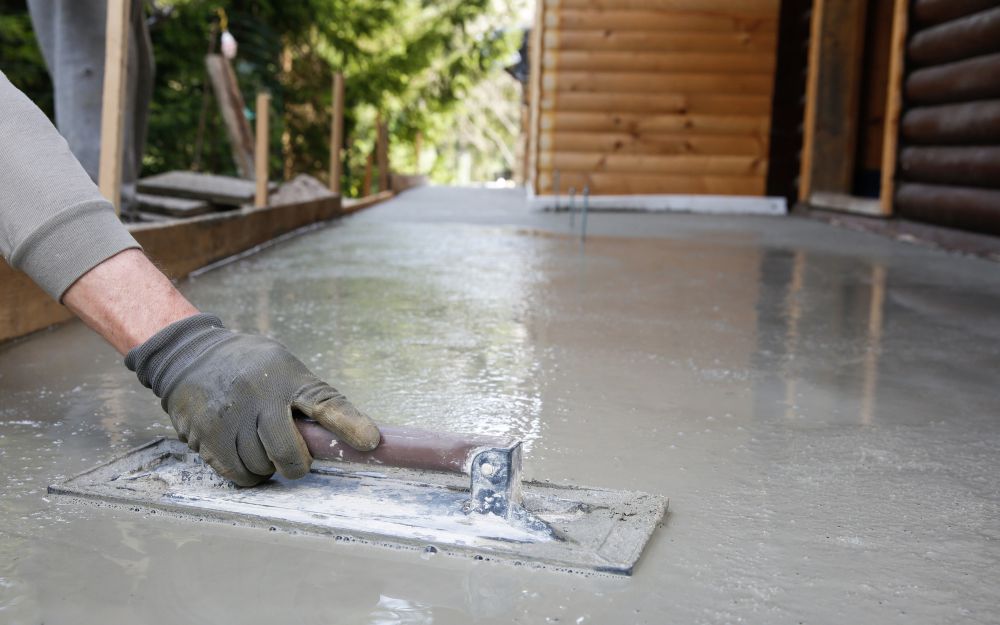What to Expect From the Foundation Repair Process: A Detailed Guide



Out of sight, out of mind, isn’t that how the saying goes? Every house, every building, every structure, relies on foundations to keep it standing. But how often do we stop and mull over what’s supporting the ground under our feet?
Very rarely, if at all, and yet, unresolved problems with a property’s foundation can lead to structural damage. That’s why we’ve written this comprehensive guide on how to spot wear and tear…and who to call when you do.
This isn’t a guide for tradespeople or professionals; this is a guide for you, homeowners in Virginia, so you know when something’s nothing to worry about, and when you need to call a professional.
Thanks to modern technology, and excellent training programs, foundation repair has never been easier or less disruptive. Gone are the days where you had to tear the whole building down and start from scratch.
The only way the floors might fall in is if you don’t act quickly enough! There’s a lot to cover, so let’s dive straight in!
What Are the Signs You Might Have Foundation Problems?
If you’ve got the sense that something’s not right with your home, follow your instincts. As the age-old adage goes, it’s better to be safe than sorry.
In this scenario, we recommend checking the exterior of the building for these signs:
- Wall rotation
- Gaps around the doors or windows
- Cracked bricks
- Cracked concrete and exposed foundations
- Displaced moldings
Interestingly, a problem with your foundations may also manifest itself in the interior of your property.
So, if you notice your doors and/or windows no longer line up with their frames, or that your floors have become uneven, or new cracks are showing, these are signs of potential subsidence as well.
What Causes Foundation Problems?
If you’ve spotted one (or more) of the signs listed above, the foundations may have sustained severe water damage, which has caused them to shrink, tilt, or they have settled.
Changes to moisture in the soil surrounding the foundations can also cause some elements to swell or get smaller, which prompts movement in your foundations.
Although water damage is the most common cause of foundation issues, your property might also be more susceptible to foundation damage for any of the following reasons:
- It’s built on expansive clay. It’s estimated that 60% of all homes built on expansive soils will suffer from foundation distress.
- It’s built on fill soils that haven’t been compacted properly.
- There’s poor drainage around the area of the foundation.
- You live in an area where there are extreme seasonal changes or weather phenomena, such as earthquakes, floods, or droughts.
- You’ve experienced a plumbing leak underneath the property.
- There are tree roots growing too close to your property.
Of course, there are other causes, but these are the most common ones.
Potential Damage Caused by Foundation Problems
If left unchecked and untreated, foundation problems can have long-lasting consequences for homeowners.
Although unsightly, fractures in the brickwork will undoubtedly be the least of your worries if you allow the cracks in the concrete below to get any worse.
The decay of your foundations could permanently damage the structure of your property. This would devalue it on the market (if you were trying to sell) and make it unsafe to live in if you were not – either way, you must get it sorted!
Of course, you expect to see a bit of a weathering, some wear and tear, on all buildings, especially as they age. So, how do you know, then, whether that crack in your wall is harmless, or if it’s a sign of something more hazardous?
When Should I Call in a Contractor?
First things first, get your tape measure out. If the crack is wider than an eighth of an inch, that could indicate a potential issue with your foundations.
In this situation, it’s always best to give your local repair company a call and schedule an inspection, just to be safe.
If the crack is horizontal or spreading at a 45-degree angle, it’s also time to contact a contractor. Damages with these dimensions are often severe and are usually a sign that you need to call in the professionals.
If you’re unsure whether the fissures you’re seeing meet these requirements—perhaps it’s only a tenth of an inch wide, or it’s hard to tell what direction it’s splintered off in—again, it’s better to air on the side of caution.
So, if in doubt, pick up the phone and consult with an expert. But, above all, you must keep an eye on them to see if they get worse. If you notice them growing, getting longer, or wider, then it’s definitely time to call for reinforcements!
Hiring a Repair Contractor
Although you should always try and educate yourself a little about the process before you get a contractor in (hence this, hello, you’re welcome!), you should never attempt to repair your own foundations, unless, of course, you are also a qualified builder or civil engineer!
Instead, your best bet is contacting your local foundation repair firm. Ask them to come round, conduct an assessment, and provide you with a quote for the work.
Just so you know, the average inspection lasts about two hours, so if the workers that come out to your property take significantly less time over their evaluation, the chances are, you don’t want to hire them. They haven’t had a proper look.
Now that you know this, and after what you’re going to learn about repair methods in the next section, you’re better positioned to ask educated questions about the process.
Trust us; this knowledge is worth its weight in gold when choosing the right contractors for the job.
Another head’s up: Don’t employ a contractor whose repair methods haven’t been evaluated by the International Code Council Evaluation Services (ICC-ES).
The ICC-ES are a not-for-profit organization that oversees building code compliance all around the world.
Concrete Foundation Repair Methods
After your chosen contractor conducts the initial assessment, you should know the extent of the damage and what needs doing to fix it.
There are all sorts of different ways to go about repairing foundations. The chosen method usually depends on the materials used to build the foundations in the first place and the affected area’s size.
It used to be that foundation repair would cause lots of disruption to families and businesses in the past.
In some extreme cases, this could mean having to empty the house of all furniture and appliances and finding alternative accommodation for the duration of the project.
These days, though, there are ways to raise or reinforce flagging concrete foundations without half as much fuss.
The most common and least disruptive methods of foundation footing repair for concrete foundations are called “shallow underpinning” and “hydraulic jacking,” also known as “piering”
Underpinning
This involves digging large holes under the foundation and using engineered combinations of rock, concrete, and steel to stabilize the foundation.
Once the hole is dug and prepared, a supplemental foundation is poured under the existing foundation.
This method requires special design considerations, industrial strength materials, and specific expertise / install methods. You only have one chance to get this right so do not trust this method to an amatuer. Good engineering matters.
Piering
This is often used to rectify faults in houses or commercial buildings, where the foundations have shifted out of their original places.
During such operations, hydraulic jacks are fitted to stabilize the foundation in place. Once the foundation is stabilized, the foundation push piers can be often times used to attempt lift.
The steel piers are connected to the footing with pressure to support the original foundation.
*LIFT IS NOT ADVISED. The moment you lift a foundation off it’s supporting soils, it becomes dead weight, bearing only on the foundation brackets. MORE SUPPORT IS BETTER. By stabilizing only, the home can be supported in it’s stabilized position for a lifetime, resting on the foundation piers AND the supporting soils. Lift invites future settlement.
Do You Need a Contractor?
The information in this article may well be detailed. Still, it’s no substitute for engineering and foundation repair expertise, and as we said earlier—if you’ve got a problem with your foundations, you need to call a professional in ASAP.
Hopefully, the information we’ve provided has helped you spot a problem, but now let us take over. We’ll stop by, take a look, and let you know the best method of foundation repair.
With over 200 years of trade experience shared by over 32 very talented team members, you can 100% trust our judgment! Please don’t wait until it’s too late, get in touch through our website today.

